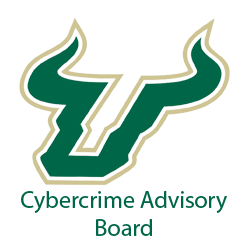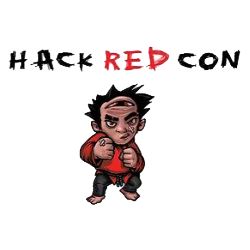Understanding the Dark Web and Its Connection to Cybercrime
The dark web is a subset of the internet that can only be accessed using special browsers, such as Tor. It’s called “dark” because it’s not indexed by search engines like Google and Bing, making it difficult for most people to find.
It has become an important tool for cybercriminals who want to avoid detection by law enforcement agencies and other parties who might be monitoring their activities online. This makes it an essential part of any cybersecurity strategy–but how do you know if you’re being targeted?
Overview of the Dark Web
The Dark Web is a part of the internet that isn’t accessible through traditional search engines like Google or Bing, and it can only be accessed with specific software. The Dark Web was created as a way to protect users’ privacy and anonymity while they browse the web.
The structure of this part of the internet is very different from what most people are used to seeing on their home computers or smartphones: there are no links or directories; instead, everything exists in one giant network called Tor (which stands for “The Onion Router”). This means that if you want access to something on the Dark Web–say, an illegal drug market or child pornography site–you have to know exactly where it’s located within this massive network before searching for it.
Connection Between the Dark Web and Cybercrime
The Dark Web is a place where criminals can go to conduct illegal activities. It’s also where cybercriminals use the anonymity and encryption of the dark web to carry out their schemes.
The first example of cybercrime on the dark web was in 1994, when hackers used it to sell stolen credit cards. Since then, many other types of crimes have been committed using this platform:
- Fraudulent websites that mimic legitimate ones (eBay) or social media sites (Facebook) are common places for phishing attacks to occur. These sites may be created by hackers or purchased from someone else who has done so already; either way, they allow users to enter personal information without knowing that they’re doing so at all times because these sites look exactly like their real counterparts!
- Child pornography is also popularly traded through private chat rooms hosted by hidden services on Tor–a free software package known as an “onion router” which allows users’ identities and locations remain anonymous while browsing content available only through Tor itself.
- Exchange of illegal or illicit goods and services in the real world is also present; like the hiring of hits, networks for human trafficking, and trade of drugs or weapons.
Protecting Yourself from the Risks of the Dark Web
To protect yourself from the risks of the Dark Web, you should:
- Use strong passwords – The first step to protecting your online accounts is having a strong password. This means using at least eight characters, including upper- and lowercase letters, numbers and symbols. The longer your password is, the harder it will be for hackers or other cybercriminals to guess it. In addition to using different combinations of these types of characters in your password, try adding unique phrases or words that are related to you (such as your name) into them too — this makes them even harder for others to crack!
- Avoid suspicious links – If someone sends an email asking for personal information like credit card numbers or social security number via email attachment or link without being sure who sent it (for example if they don’t recognize the sender’s name), then never open any attachments! Instead delete them immediately because they could contain viruses which could infect computers once opened by unsuspecting users like yourself who aren’t aware of how dangerous they really are.
Additional Resources
In the spirit of learning and sharing, here are some additional resources to help you understand the dark web:
- The Dark Web at a Glance by Jon L. Jacobsen (PDF)
- A Beginner’s Guide to Tor by Tor Project (PDF)
- Cybersecurity for the Dark Web by David Schwartz (video)
Conclusion
The Dark Web is a complex and often misunderstood part of the internet. It’s important to understand its role in cybercrime, but it’s just one piece of the puzzle. In order to protect yourself from cyber threats, you need to stay informed and vigilant at all times.
If you would like more information on this topic or other cybersecurity topics, don’t hesitate to contact your experts at Arruda Group.





